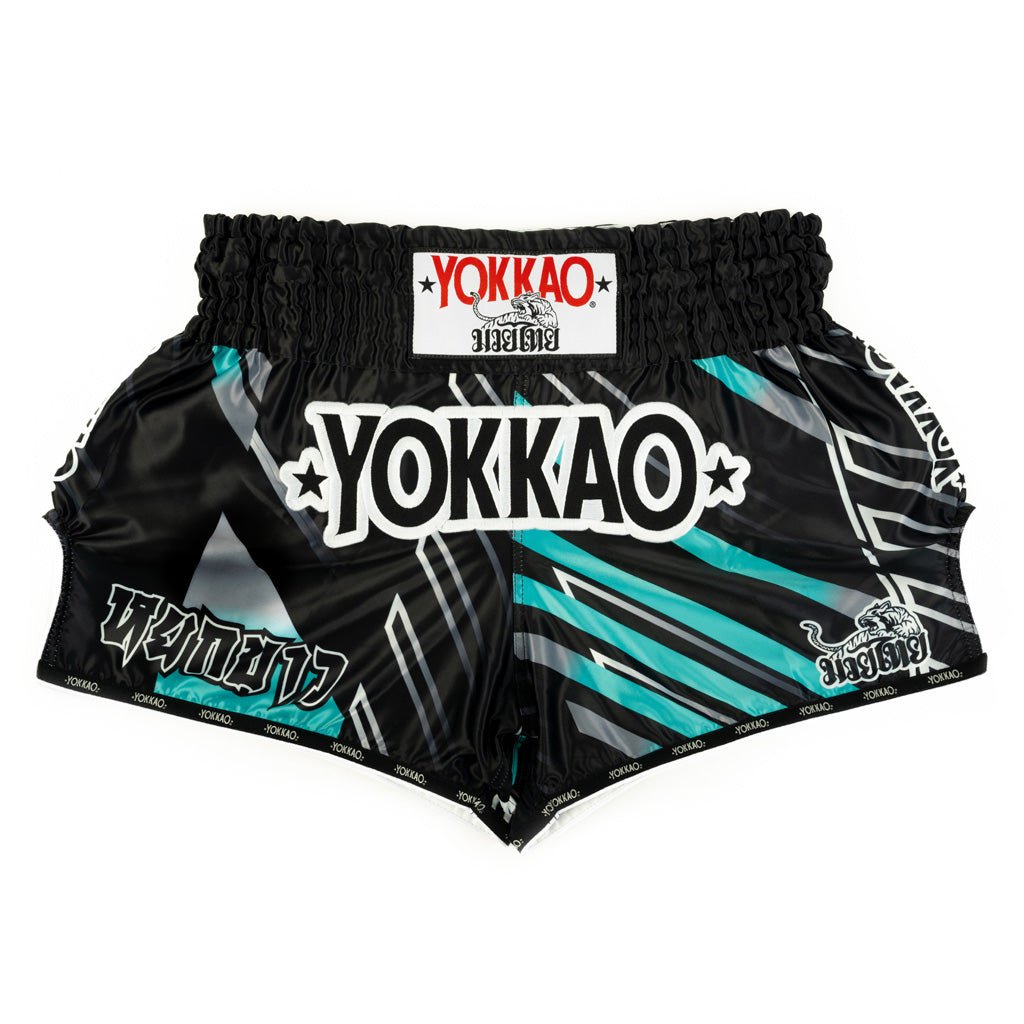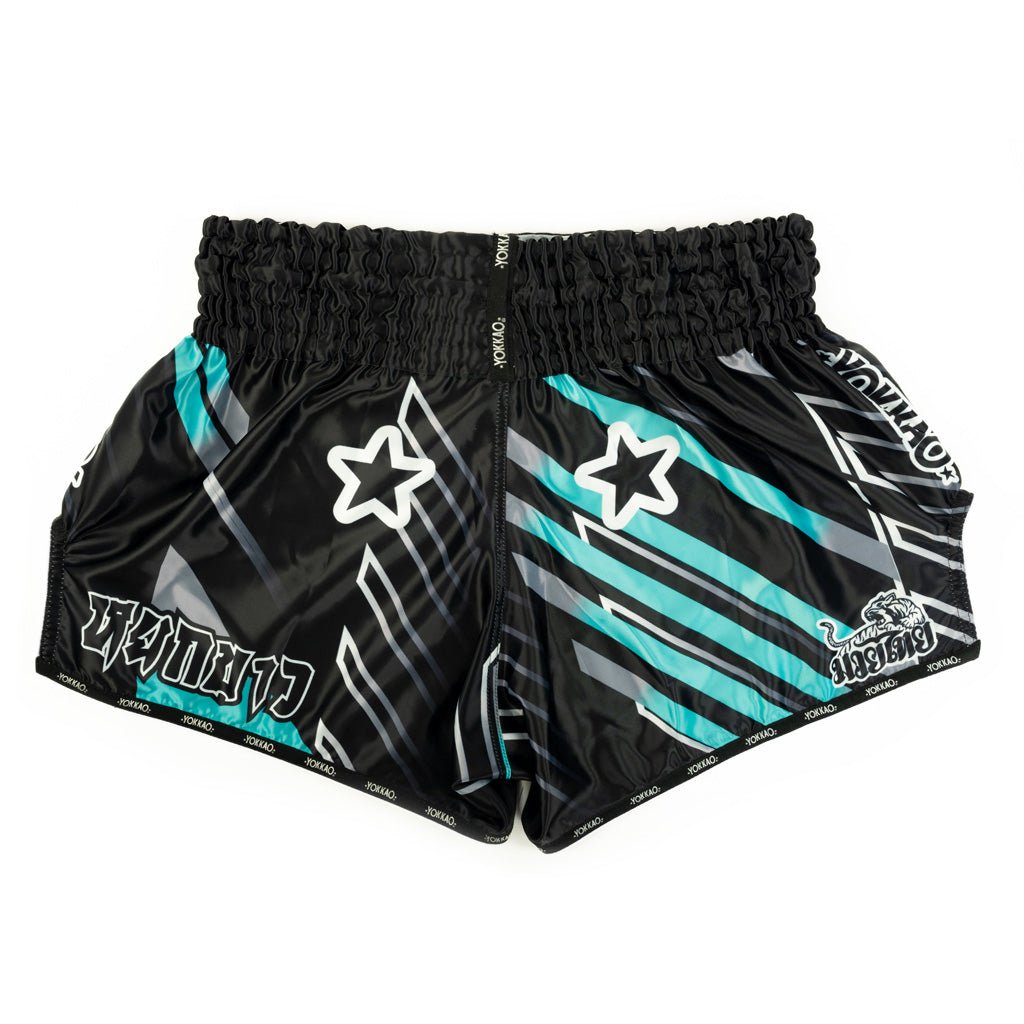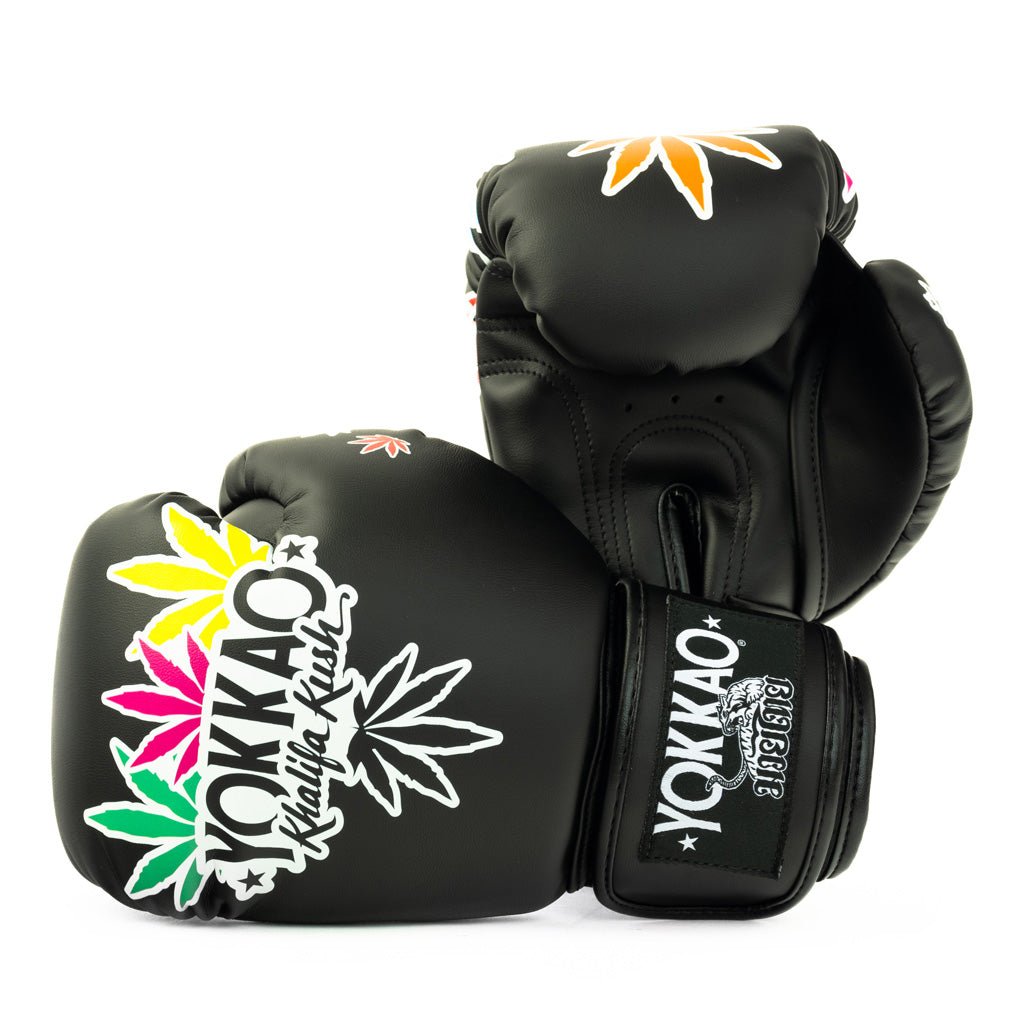Strength Training for Muay Thai

Strength training and conditioning is increasingly recognized in Muay Thai training programs. Traditionally, strength training occupies a small fraction of a fighters program. In the last few years, more and more camps have incorporated strength training into their routine.
Benefits of Strength Training for Muay Thai

The YOKKAO Fight Team in Thailand has been one of the first Muay Thai camps in Thailand to adopt strength training under a qualified fitness trainer. Unlike bodybuilding, strength training for Muay Thai focuses on building strength by gaining lean muscles instead of bulking up. Here are two of the key benefits of strength training for Muay Thai fighters:
Build Endurance
Besides cardiovascular endurance, another important physical aspect for fighters is muscular endurance. Muscular endurance determines a fighter’s ability to go the full 3 or 5 rounds striking and clinching without tiring out from muscle fatigue. Strength training helps to condition the muscles, improving the fighter’s lactic threshold and allowing them to fight for longer periods of time.
Increase Power
Striking power is critical for combat sports like Muay Thai and MMA for inflicting damage. Power is the combination of strength and speed, hence strength training provides the foundational strength with which to develop explosive power. In order to focus on increasing power during strength training, work on the speed in executing each movement by doing it with a fast, explosive action.
Strength Training Exercises for Muay Thai

There are many strength training exercises to target different muscles and parts of the body. In general, strength training exercises can be classified into the following categories:
Bodyweight Exercises
Bodyweight exercises are movements that use only the body as resistance. They have been shown to be effective in building strength, endurance, flexibility and balance. They also have a lower risk of injury compared to training with free weights. An additional advantage of bodyweight exercises is that they can be performed anywhere without the use of specialised equipment. Many camps finish their regular training sessions with a series of bodyweight exercises. Some examples of commonly-used isolation exercises include push ups, pull ups, planks, burpees etc.
Compound Exercises (Weighted)
Using free weights enables an athlete to get stronger by increasing weights and repetitions. Compound exercises involve working multiple muscle groups at the same time, improving overall muscular coordination, strength and working more muscles with lesser time. Compound exercises often involve much heavier weights compared to isolation exercises (see next). Some examples of commonly-used isolation exercises include deadlift, barbell row, barbell squat etc.
Isolation Exercises (Weighted)
Isolation exercises target specific muscle groups and can be used to correct muscle imbalance by building the opposite muscles. They also help to target areas that are overlooked or underdeveloped from general training. Isolation exercises are also ideal for training during injury, allowing athletes to train other parts of the body that are not affected. Similarly, they can also be used in rehabilitation after recovery from an injury. Some examples of commonly-used isolation exercises include bicep curls, overhead shoulder press, dumbbell press etc.
















































